Snyder Wilson Consulting exists at the forefront of the design optimization revolution.
Our founders have pioneered a synthesis of optimization strategies that turn the world of design into a more accessible, exciting arena.
Considering Optimization…
Optimization is a key component in design engineering. The best designs are chosen from a range of designs based on performance and cost. You also have to consider trade-offs: doing better in one area of performance may diminish performance in another area, increase it, or may be completely unrelated. If you want to optimize across multiple different areas, you must solve a complex problem with multiple variables. Snyder Wilson Consulting excels at solving this complex optimization problem for our clients.
As an example, consider the cell phone. Manufacturers typically acquire cell phone parts - like batteries, screens, or processors - from various suppliers and integrate them into their finished product. When comparing different cell phone designs, factors such as cost, processing speed, and battery life will vary based on these different components. Finding out how these different indicators or performance and cost interact is important to optimization. Will that faster processor drain your battery quicker? Will more battery life from a larger battery mean a lower quality cell phone camera?
Frontier Optimization…
Frontier Optimization is the combination of Pareto Optimization and the Frontier graph. It is a tool used in engineering design to develop the best possible product design. Take a look at our white paper to learn more about how these two tools combine to create a robust approach to product optimization. Pareto Optimization and the Frontier graph (Click for PDF)
Let’s revisit the cell phone example. If one phone design is inferior in all aspects, that design gets thrown out. If all potential phone designs are evaluated and compared, and the weaker options that can be improved without sacrificing performance elsewhere are all discarded, we call the remaining designs “Pareto Optimal.” The set of all Pareto Optimal designs, known as the “Pareto Frontier,” illustrates the trade-offs one has to make for any one of these designs. In order to do better in a specific performance area on the frontier (i.e. battery life), it necessitates a decline in another performance area (i.e. processing speed).
Visualizing Optimization…
Given the millions of potential designs for certain products, Snyder Wilson has come up with a way to meaningfully visualize these using easy-to-understand graphs that are live and interactive. These visualizations are not possible in mainstream design approaches. Contact us for a live demo.



